Titanium Dioxide Classification Annulled: What You Need to Know
EU Court Strikes Down Titanium Dioxide Carcinogen Label
On 1 August 2025, the Court of Justice of the European Union (CJEU) brought an end to one of the most closely watched chemical classification cases in recent years, dismissing appeals from the European Commission and France over the classification of titanium dioxide (TiO₂) under the EU CLP Regulation.
This ruling confirms the annulment of the 14th Adaptation to Technical Progress (ATP) to CLP’s classification of certain TiO₂ forms as Carc. 2 (H351: inhalation), a legal development with direct implications for importers placing TiO₂-containing products on the EU market.
The Regulatory Backstory
The story began in 2020, when the EU’s 14th Adaptation to Technical Progress (ATP) to CLP introduced a harmonised classification for TiO₂, but only in fine powder form (≥1% particles ≤10 μm). This came with mandatory supplemental labelling on mixtures (EUH211 and EUH212).
Industry voices pushed back, questioning the science behind the move. The classification wasn’t based on direct evidence of carcinogenicity in humans, but on lung overload effects in rats.
Two years later, the General Court sided with industry, ruling that the Commission had committed “manifest errors” in its assessment. That decision was put on hold while appeals were filed until last week, when the CJEU shut the door on the case entirely.
Where Things Stand Now
For businesses importing TiO₂ or products containing it into the EU, the ruling removes:
The Carc. 2 (H351: inhalation) classification
Supplemental hazard statements EUH211 and EUH212
Associated Notes V, W, and 10 in Annex VI
Importantly, companies do not need to wait for a new ATP to see Annex VI updated. The judgment has direct legal effect.
Industry Impact
Every actor in the supply chain, from importers to formulators, distributors, and downstream users, now has the obligation and option to remove the annulled titanium dioxide classification and associated hazard statements. This means:
SDS and labels across the supply chain can be updated to reflect the judgment.
Suppliers at all levels should communicate changes to their customers to ensure consistency.
The update is not limited to importers; all suppliers of TiO₂-containing products in the EU market are affected.
“This is more than a legal technicality,” notes Yordas' Regulatory Consultant Fiona Moir. “It changes hazard communication obligations for a major industrial pigment used in paints, coatings, plastics, and many other products. Businesses that act quickly can reduce labelling complexity and demonstrate proactive compliance to customers.”
Your Next Step: Compliance Check
Yordas consultants can assess your product portfolio and ensure your classification, labelling, and SDS align with the latest EU CLP requirements.
Contact us today to arrange a compliance check and understand your obligations under the new regulatory position on TiO₂.
